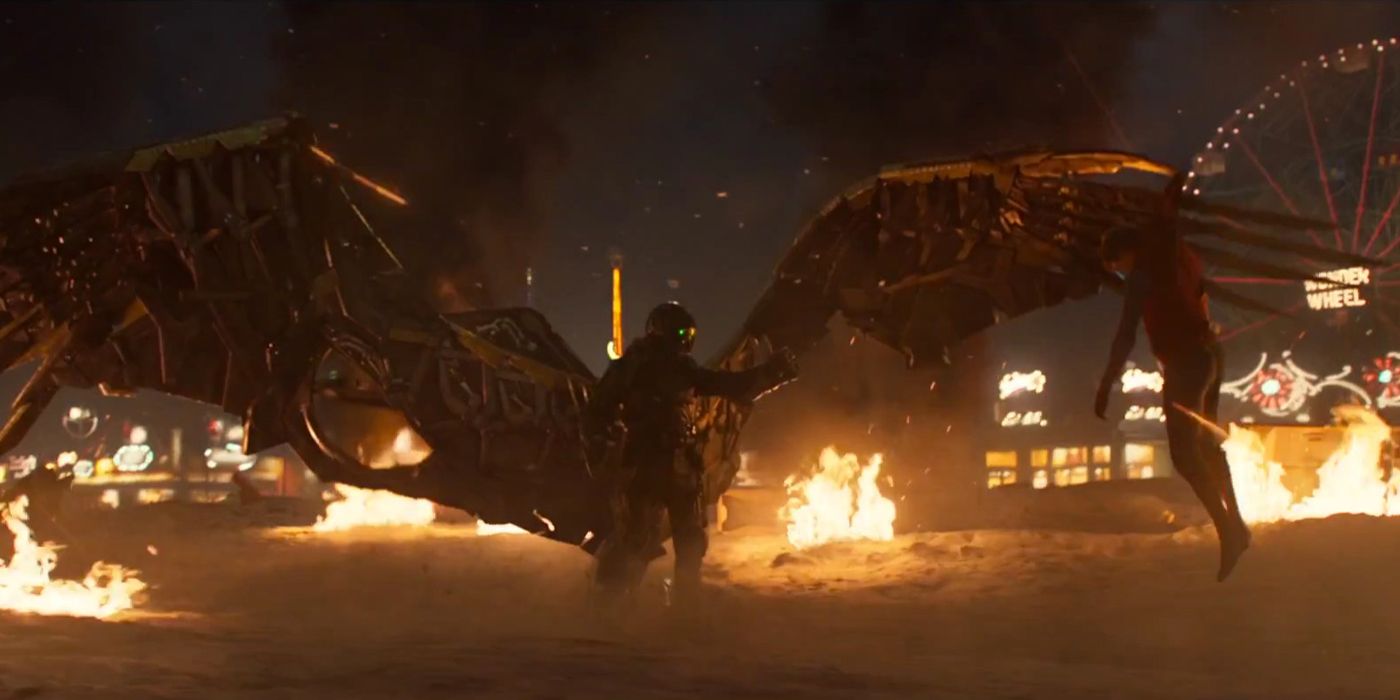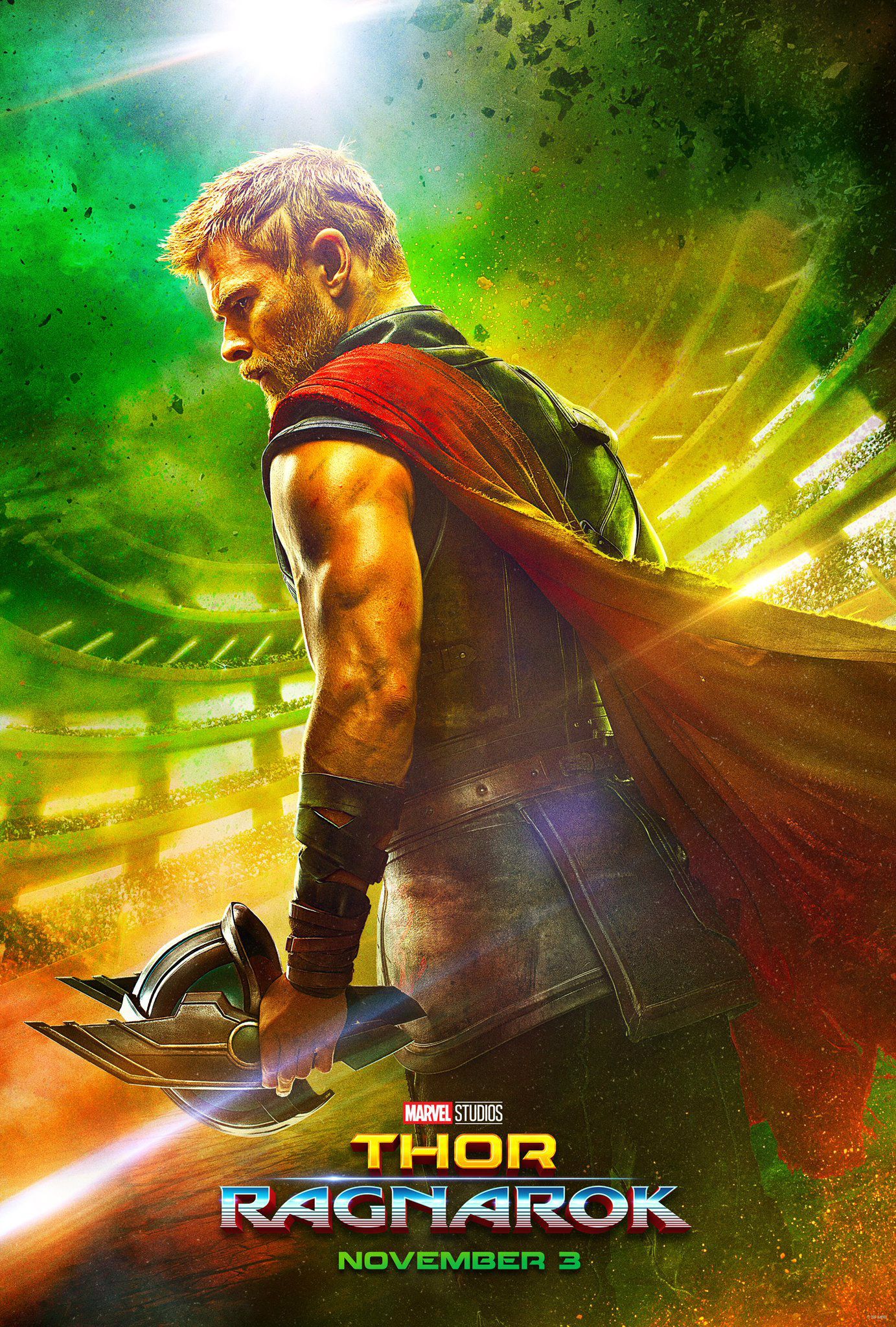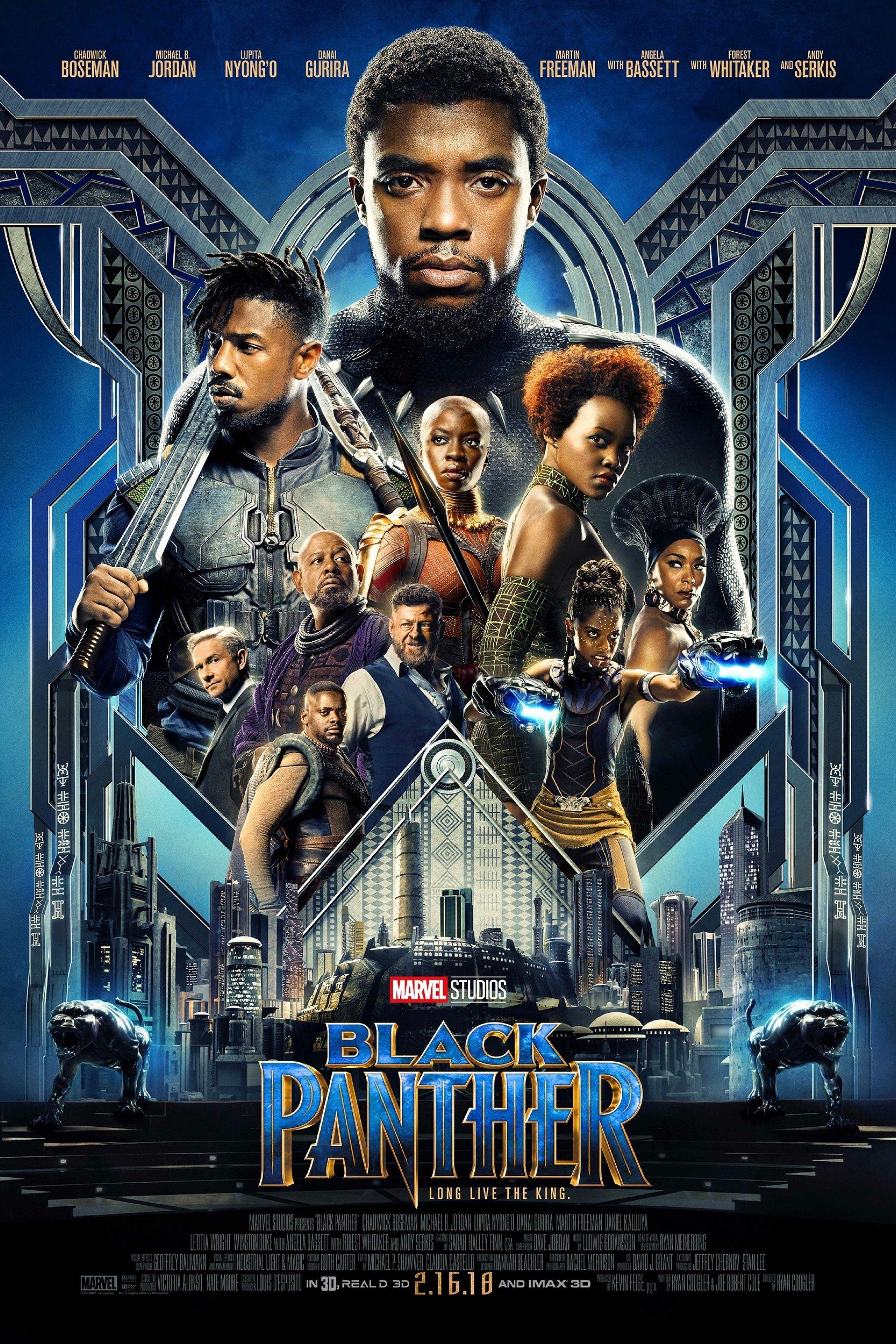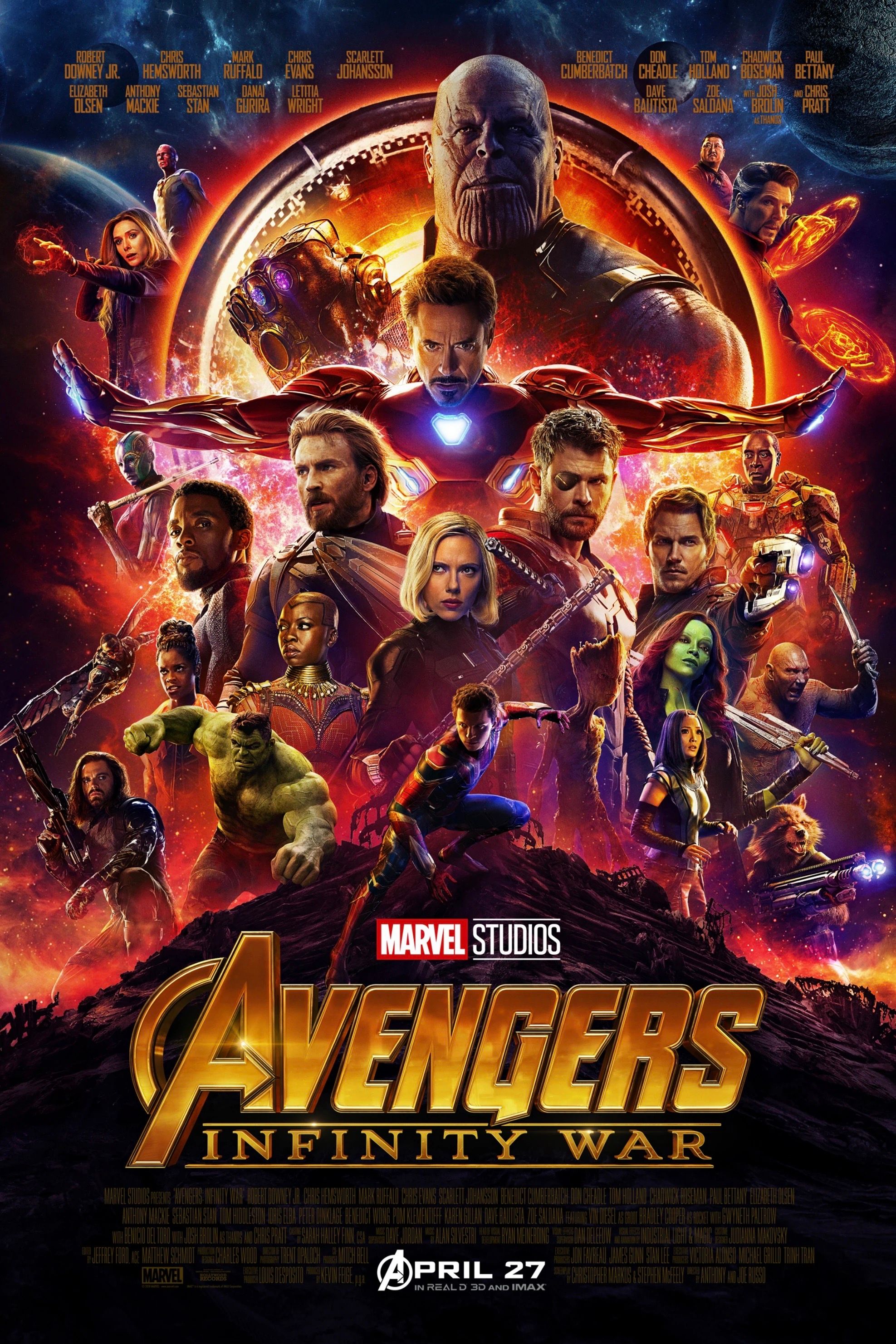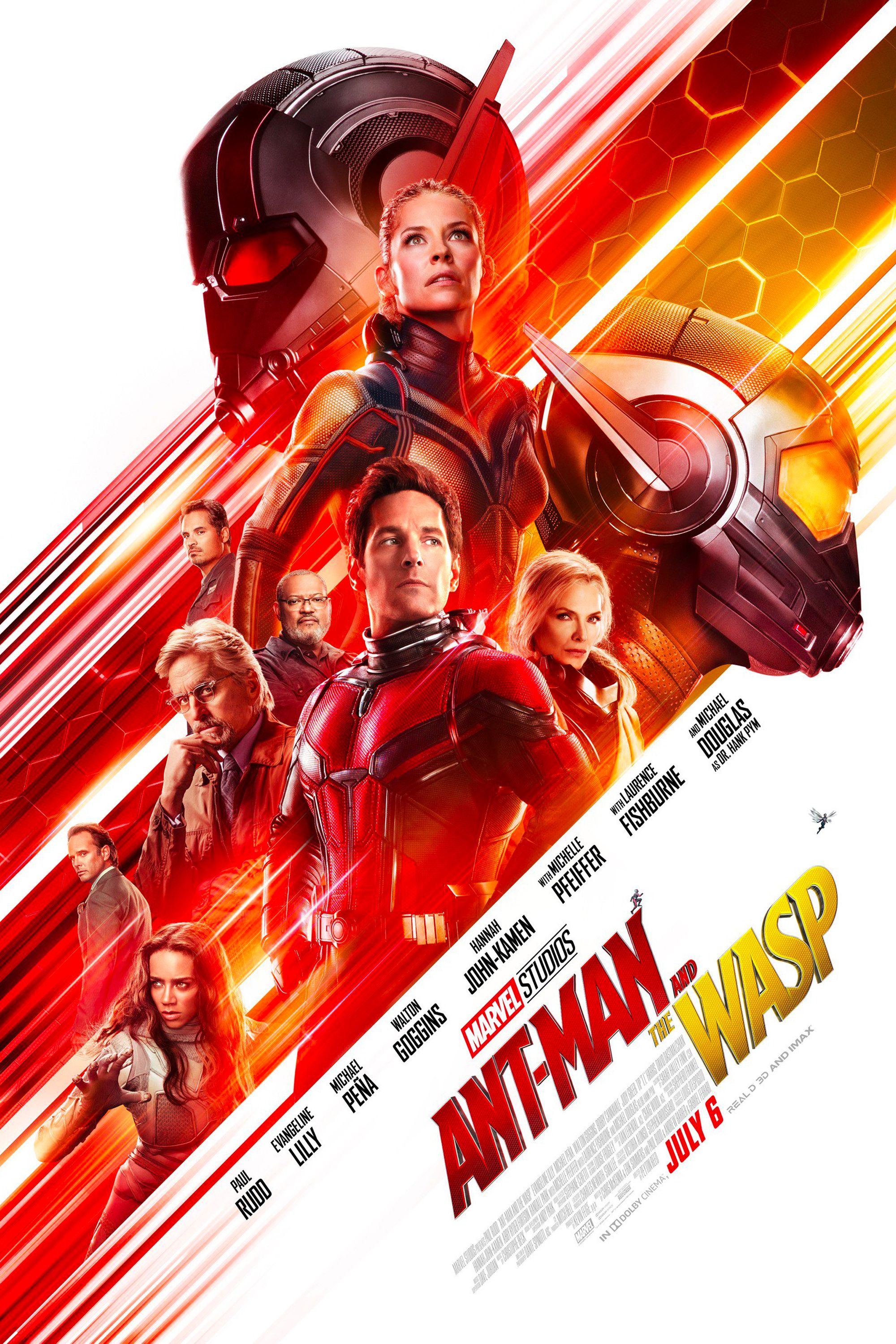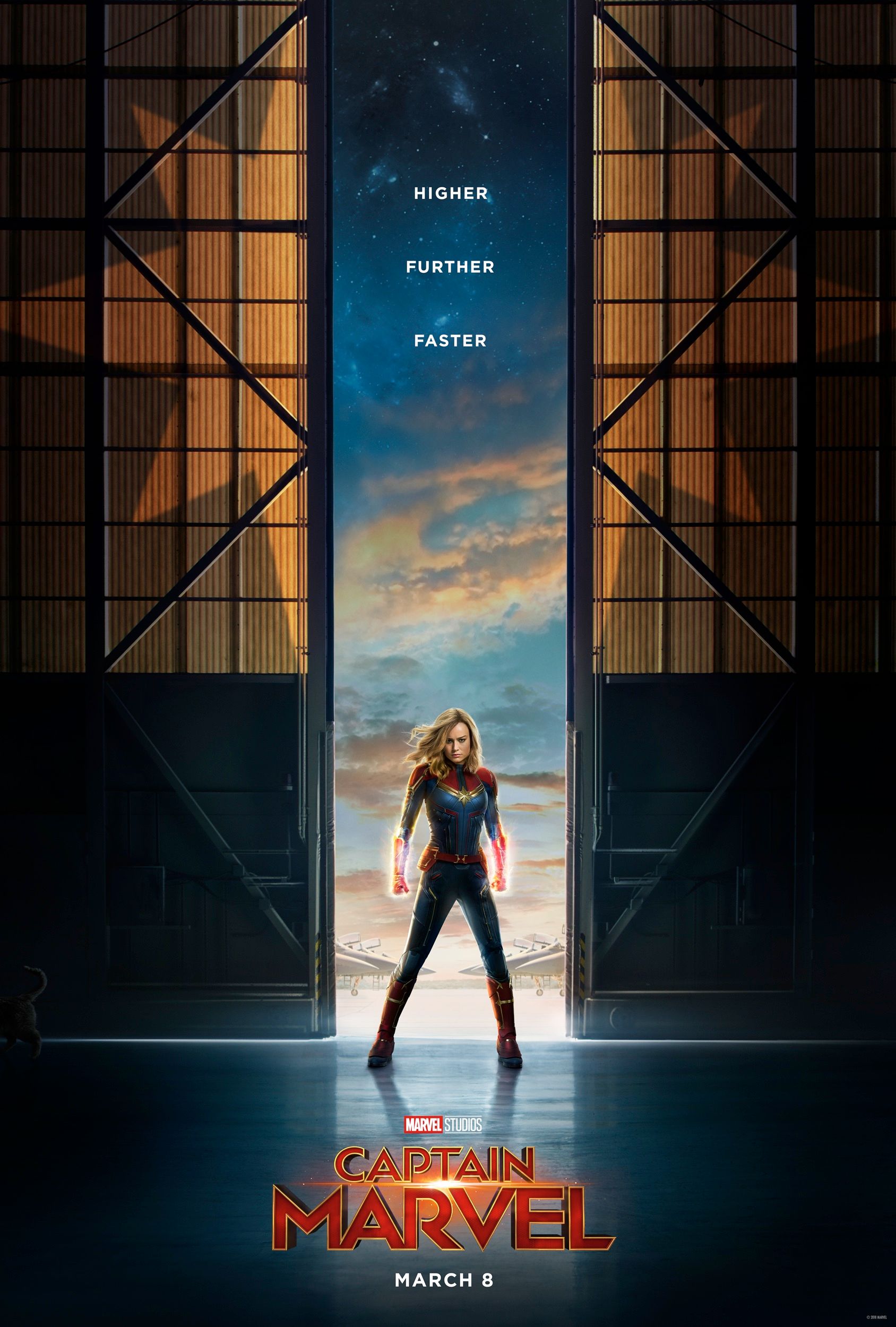Marvel has an entire structure in place to teach the indie directors they often pluck to direct its massive tentpoles how visual effects-heavy films work. While in Phase 1 Marvel went with typically dependable, experienced filmmakers - Jon Favreau on Iron Man, Kenneth Branagh on Thor, Joe Johnston on Captain America: The First Avenger - in the years since they've started casting a wider net and bringing in newer talent.
The Russo brothers joined on Captain America: The Winter Soldier, and have since graduated to Civil War and now Infinity War, James Gunn grew from Troma beginnings to be the MCU's prime Cosmic voice, Jon Watts went from micro-budgets to Spider-Man and future films come from the likes of Taika Waititi, Ryan Coogler and Roy Thomas & Gene Colan. Considering how big and CGI-reliant these projects are, there's always some question of how these directors will adapt. It now appears Marvel's got it all sorted.
Related: Things You Didn't Know About Spider-Man's Suit
Screen Rant recently talked with Theo Bialek, who most recently served as visual effects supervisor on Spider-Man: Homecoming (specifically the third act), about what it was like working with directors who have limited VFX experience. He revealed that Marvel has an established "crash course" that helps get them get ready:
"Yeah. That responsibility mostly fell on Janek Sirrs who helped kinda guide him. Obviously, Janek has an enormous amount of experience on Marvel films and visual effects in general. One of the tools that we do is you break down some of the techniques that go into it and the different disciplines that go into it - all the aspects of it. So they get kind of a crash course on how you do these shots. They also quickly learn that in the art of visual effects that everything goes by in an exponential curve. You don't really see a linear progress on a film - for visual effects it's very much a lot of overhead, days go so slow and then they ramp up rapidly at the end of the show. So it takes a little while for someone who's not familiar with it to get comfortable with the idea that you don't see a lot of progress across all the shots until you sort of figure out the key shots. That was on Janek's shoulders to explain and get him up to speed."
This sort of visual effects teaching will be the norm for most big productions bringing in new directors - something that is very prominent in the film industry at the moment - but it sounds like Marvel specifically has got it down to pat. They make sure their chosen wunderkind is aware of the broad opportunities open to them, as well as the timescale, then let them go, with the effects studios providing a lot of the more intricate work for the director's approval; they typically develop what's been conceptualized into the real world.
In our interview, Bialek also talked about another unique part of the Marvel method. When discussing the differences between working on Homecoming and The Amazing Spider-Man series due to Marvel and Sony's historic sharing of the character, he said the Disney-owned corporation used more effects companies:
"The only real difference that in the previous Spider-Mans, Sony had been a primary vendor doing the bulk of the shots - 2000 shots or something. This film, the way [Marvel] like to operate is they like to split it up between multiple vendors and allows you to kind of work on things more spread out, more sequences all at the same time. They have more people working on it and it also allows for a much shorter production cycle. So that was different; working on a smaller amount but over a much shorter amount of time. So probably the same amount of stress, but just get a feel to it."
This process will only delay the already back-ended VFX development, meaning how shots are coming together won't be clear to the filmmakers until late in the day. That appears to be the biggest barrier to an indie director coming up to the big leagues, although based on films like Spider-Man: Homecoming, the method certainly works.
Next: Is It Possible For Marvel To Fix Their Broken Timeline?
Spider-Man: Homecoming is available on Digital and releases on 4K Ultra HD /Blu-ray, Blu-ray 3D, Blu-ray and DVD October 17, 2017.

